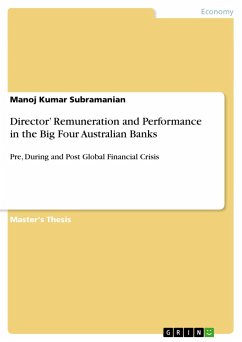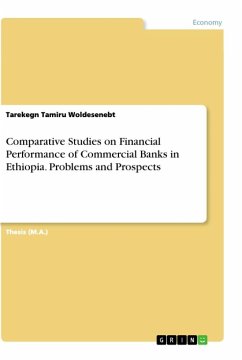Master's Thesis from the year 2011 in the subject Business economics - Banking, Stock Exchanges, Insurance, Accounting, University of Applied Sciences Essen, course: General economics, language: English, abstract: The global financial crisis which began in mid-2007 revealed the significant risks posed by large, complex and interconnected institutions and the fault-lines in the regulatory and oversight systems. The drying up of market liquidity caused lacks of funding for financial institutions and their reactions to the market stress increased the market tensions which highlighted the strong link between banks funding liquidity and market liquidity. Over the past two decades preceding the crisis, banks in advanced countries significantly expanded in size and increased their outreach globally. In many cases, they moved away from the traditional banking model towards globally active large and complex financial institutions. The majority of cross-border finance was intermediated by some of these institutions with growing interconnections within and across borders. The result were trends in the banking industry which include a sharp rise in leverage, significant reliance on short-term funding, significant off-balance sheet activities, maturity mismatches and increased share of revenues from complex products and trading activities. This development has moved on to a systematic risk and it has been identified a need in the financial sector to measure those aspects, to assess the resilience of the financial sector to liquidity shocks and give guidance to the policy of central banks and regulators.At the same time, the financial industry has started a fast process of consolidation worldwide. Regulators, organized in the Basel Committee on Banking Supervision (BCBS) have responded to the financial crisis by proposing new regulation which is known as "Basel III". The reform program leads to fundamental changes and implements capital and liquidity reforms. The liquidity reform represents the first attempt by international regulators to introduce harmonized liquidity minimum standards for financial institutions. Extensive efforts through the Basel Committee, with the "Basel III" program, are being considered internationally and domestically to revise these deficiencies and failures, in order to safeguard the stability of the financial system. The key objective is to promote a less leveraged, less risky, and thus a more resilient financial system that supports strong and sustainable economic growth. The bulk of the proposals have focused on revising existing regulations applicable to financial institutions and to influence the extent and consequences of their risk taking.








